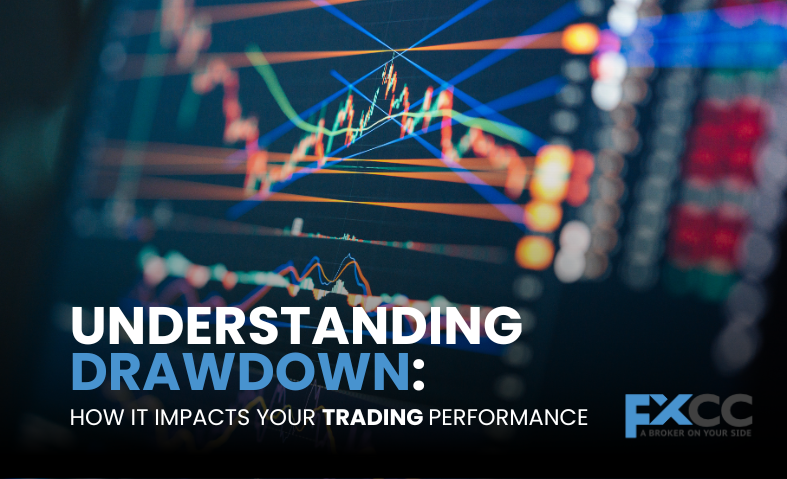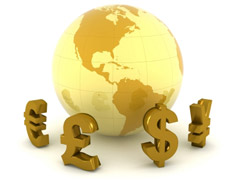In the trading world, knowing how to manage risks is just as important as making profits. One key concept that helps traders assess risk is “drawdown.” While it might seem technical, understanding drawdown can significantly improve your trading decisions and long-term success. This article explores what drawdown is, its importance, and how to minimize its impact on your trading journey.
What Is Drawdown?
Drawdown refers to the decline in your trading account’s balance from its peak before it recovers. Represented as a percentage, it measures how much your account has lost in value at its lowest point compared to the highest point. For example, if your trading account grows to $10,000 but later declines to $8,000, the drawdown would amount to 20%.

This metric is a vital indicator of risk and volatility in your trading system. Smaller drawdowns indicate greater stability, giving traders confidence in their strategies. Conversely, larger drawdowns highlight vulnerabilities that need addressing to avoid significant setbacks.
Types of Drawdown
Drawdown comes in various forms, each offering unique insights into trading performance:
- Absolute Drawdown
This measures the difference between your starting account balance and the lowest point it reaches. It shows the maximum amount of loss relative to your initial investment.
- Maximum Drawdown
This calculates the largest drop from a peak to a trough over a specific period. It’s a key metric for assessing the highest risk your account has faced.
- Relative Drawdown
Expressed as a percentage, relative drawdown compares the loss to your account’s highest equity point. It adapts to account growth, making it a dynamic and precise measurement.
Understanding these variations helps traders better analyze their risk exposure and strategy performance.
Why Does Drawdown Matter?
Drawdown is more than just a figure—it’s a reflection of how your trading strategy handles risk. Here’s why it’s crucial:
- Evaluating Risk: Drawdown provides a clear picture of how much risk a strategy involves, allowing you to decide if it aligns with your comfort level.
- Protecting Capital: The larger the drawdown, the harder it becomes to recover losses. Limiting drawdowns is essential for sustaining your trading capital.
- Mental Fortitude: Significant losses can shake your confidence, leading to impulsive or emotional decisions. Keeping drawdowns in check helps maintain focus and discipline.
- Performance Benchmarking: Comparing drawdowns across different strategies lets you identify which systems perform more reliably over time.
Drawdown highlights weaknesses in your trading approach, providing valuable feedback for fine-tuning your methods.
How to Minimize Drawdown
While drawdowns are inevitable, effective management can limit their impact. Here are actionable steps to keep them under control:
- Apply Sound Risk Management
Restrict the portion of your account at risk in any single trade to a small percentage. A general rule of thumb is to risk no more than 1–2% per trade. This conservative approach protects your account from devastating losses.
- Diversify Your Portfolio
Trading across multiple assets or strategies reduces dependency on a single market or trade. This minimizes the impact of losses and stabilizes your performance.
- Set Protective Stop-Losses
Using stop-loss orders ensures that losses on any given trade are capped. This simple tool prevents a losing position from spiraling out of control.
- Continuously Evaluate Your Strategy
Backtest and optimize your trading strategies regularly. Reviewing historical data can uncover patterns or risks you might otherwise overlook.
- Stay Emotionally Detached
Emotional trading, especially during periods of losses, can lead to further setbacks. Stick to your plan and remain disciplined, even when drawdowns test your patience.
The Psychological Impact of Drawdowns
Drawdowns don’t just affect your account—they also test your mental resilience. Seeing your hard-earned money diminish can cause stress, fear, and even desperation. Many traders abandon their strategies during drawdowns, often making poor decisions in the process.
Overcoming this challenge requires a strong mindset. Viewing drawdowns as part of the trading process, rather than failures, can help you stay focused. With proper planning and realistic expectations, you can handle drawdowns without losing confidence.

FAQs
What is considered a manageable drawdown percentage?
A drawdown of 10–20% is generally manageable, depending on your strategy and risk tolerance.
How can traders recover from significant drawdowns?
Gradually rebuild by reducing trade sizes, refining strategies, and sticking to disciplined trading practices.
Does a large drawdown indicate a poor strategy?
Not always. It may suggest higher risks, but these could still yield high returns if managed effectively.
How often should traders monitor drawdowns?
Regular monitoring, especially after significant trades or market events, ensures you remain aware of risks.
Is it possible to trade without drawdowns?
No, but effective strategies and sound risk management can minimize their impact and frequency.


